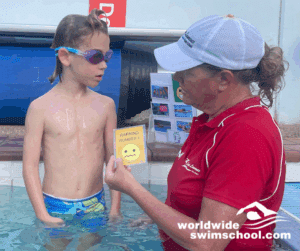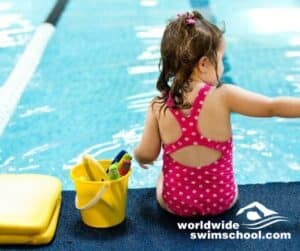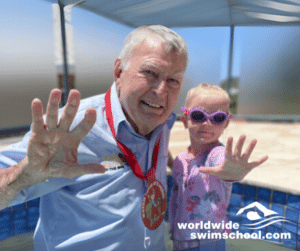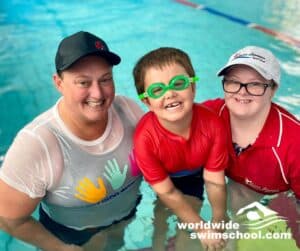Introduction to Learning Breaststroke in Swimming
The breaststroke is one of the four professional swim strokes used in competitive swimming. It's often viewed as the hardest stroke to learn because it requires the chest and torso of the swimmer not to rotate.
Despite the breaststroke being hard to learn, it was the most common stroke featured in competitive swimming in the 19th Century. As one can imagine, just like swimming, breaststroke has been around forever. It has been part of the Olympic roster since the very first games started in 1896
Learning The Breaststroke
When learning the correct swim strokes, mastering a breaststroke is typically considered the hardest. It's often the stroke students struggle with most, due to movement of the arms and legs at the same time. The stroke requires both dorsiflexion of the foot, while also simultaneously using plantarflexion of the arms.
It's for this reason that we use the Laurie Lawrence method of teaching the stroke. This method involves isolating the leg and arm movements until they are mastered by the student. Once the two movements are learned correctly, they're applied together, simultaneously, forming the breaststroke. This allows the students to master the correct technique faster than other methods.
The Laurie Lawrence Method
There are eight steps we take to ensure students are taught the breaststroke correctly. The first four steps focus mainly on the floating and kicking aspect of the stroke. This includes an introduction to the breaststroke. For example, learning how to do the "dead frog float," practising breaststroke kicks, then dividing the skills to help build the student's confidence levels.
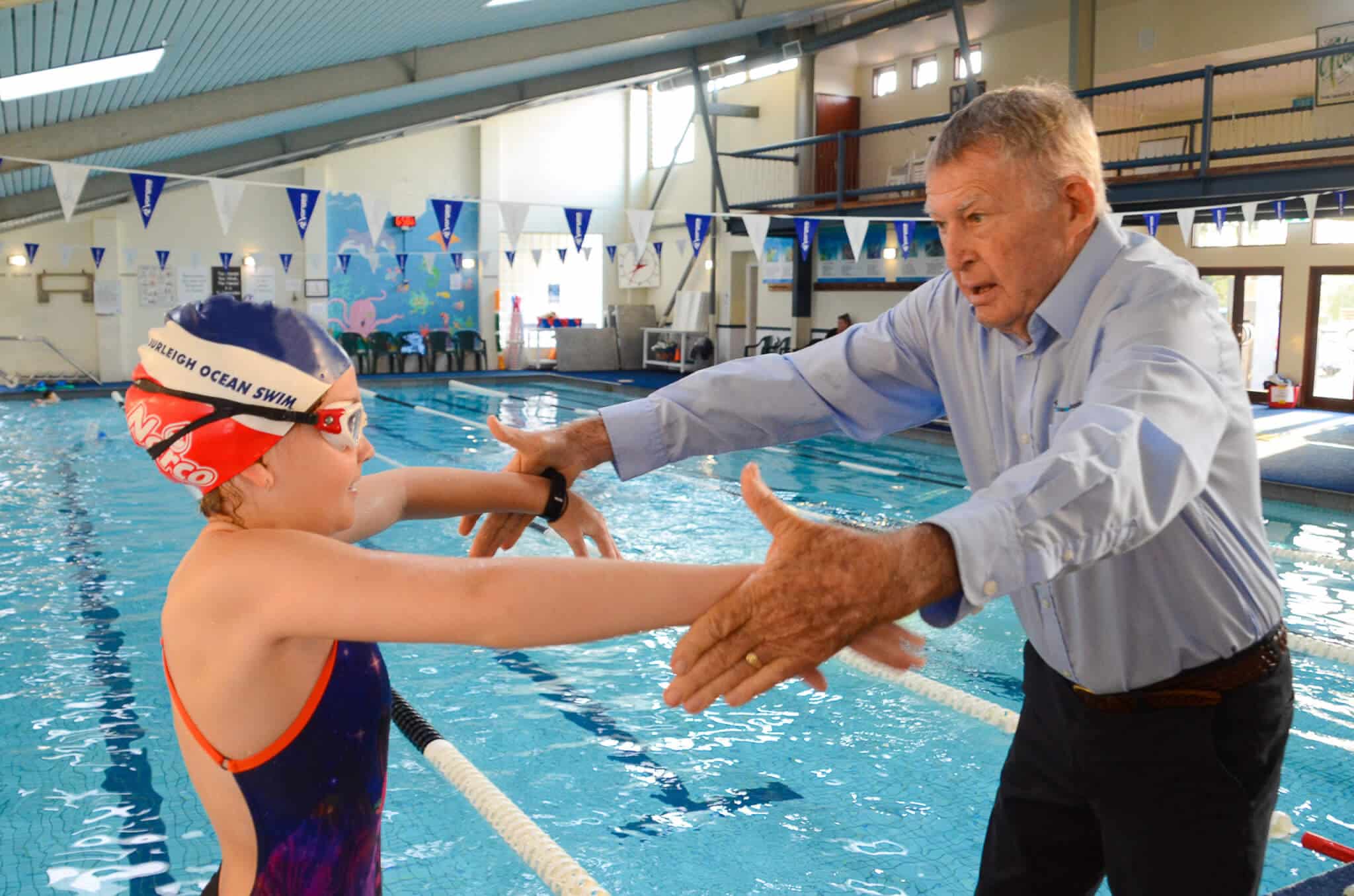
Once these skills are mastered, we move on to the next four steps. This includes teaching the proper arm strokes and teaching students the correct method of breathing. All while performing the stroke underwater, pulling and kicking, then finally, the breaststroke itself.
A British swimmer, Frederick Holman, set the first Olympic breaststroke record at over 200 meters in just 3 minutes and 9.2 seconds.
Why it Works
Learning how to swim should always be a positive experience for both the student and the parent.
We work with the children one on one to teach them the basics of swimming to help build up their confidence level.
By breaking the breaststroke down into simple steps, students can master the stroke without any frustration.
Join our community and keep up to date with new articles, special offers - it is free to join!
Looking for more information on learning how to swim - don't go past the Swim Library.


